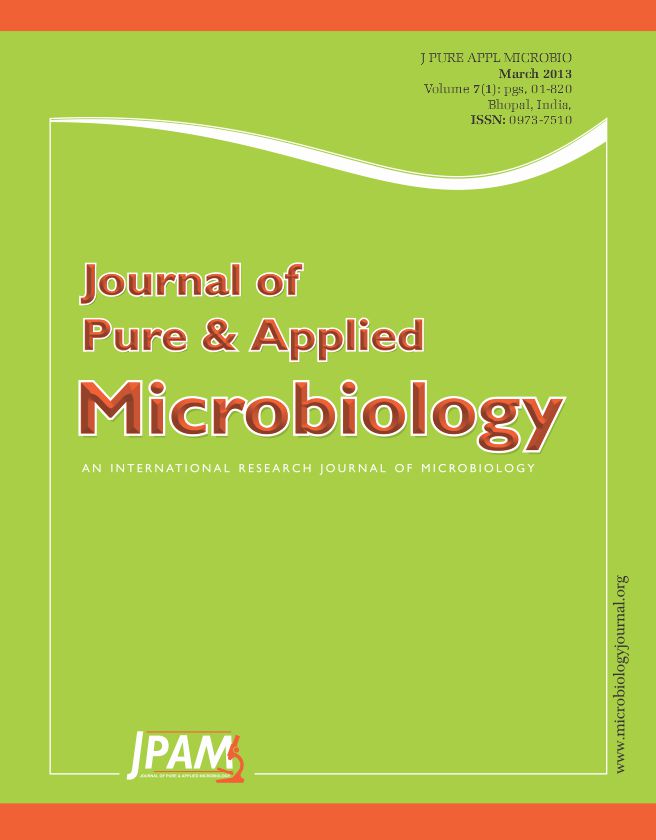Probiotics are live microorganisms which are regularly consumed as part of our daily diet and help to protect the host from various pathogens. The mechanisms by which the indigenous intestinal bacteria inhibit pathogens include competition for colonization sites and nutrients, production of toxic compounds, and stimulation of the immune system. Lactobacillus plantarum (C18) bacterial strain was isolated from yogurt and observed to be gram positive rod-shaped bacilli. After carrying out auto-aggregation and co-aggregation assay, it was seen that it displayed a strong auto-aggregating and co-aggregating phenotype. A known probiotic bacteria, Streptococcus cremoris was used as a control. Comparison studies proved that L.plantarum bacterial strain showed higher auto-aggregating and co-aggregating properties as compared to S. cremoris. Therefore, if S. cremoris is said to be one of the ideal candidates for probiotic use, this strain of bacteria could challenge the definition of ideal requirements for probiotic bacteria. Hypothesis could state that cells when cultured in broth secrete certain proteins which help in bacterial adhesion to the intestinal tract cells, and this was seen to be higher in supernatant diluted C18 bacterial culture than in saline diluted counterpart.
Lactobacillus plantarum, Streptococcus cremoris, Probiotic bacteria, Auto-aggregation, co-aggregation
© The Author(s) 2014. Open Access. This article is distributed under the terms of the Creative Commons Attribution 4.0 International License which permits unrestricted use, sharing, distribution, and reproduction in any medium, provided you give appropriate credit to the original author(s) and the source, provide a link to the Creative Commons license, and indicate if changes were made.


